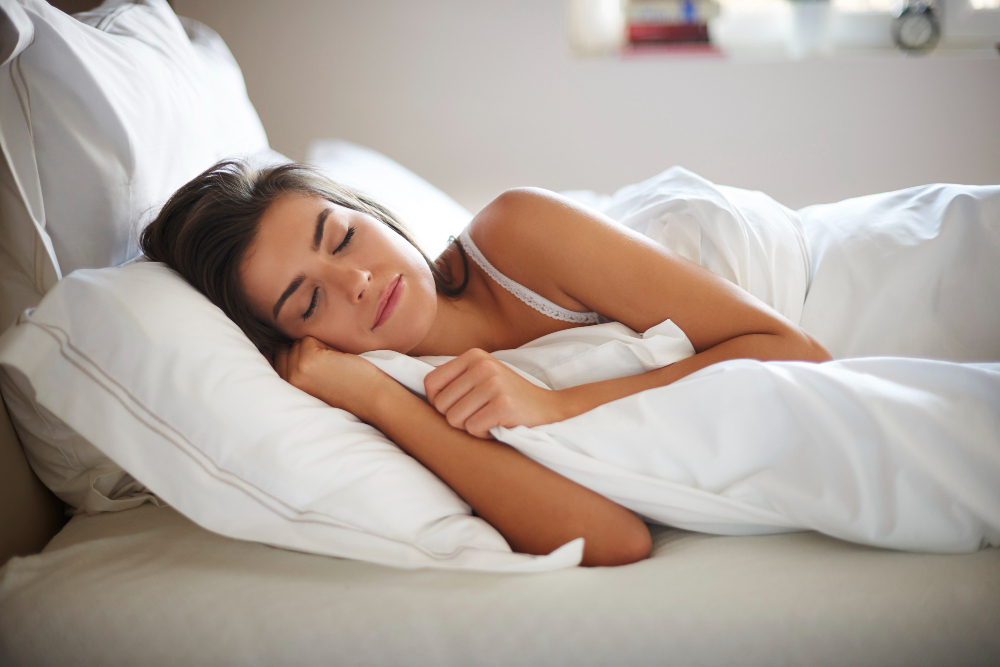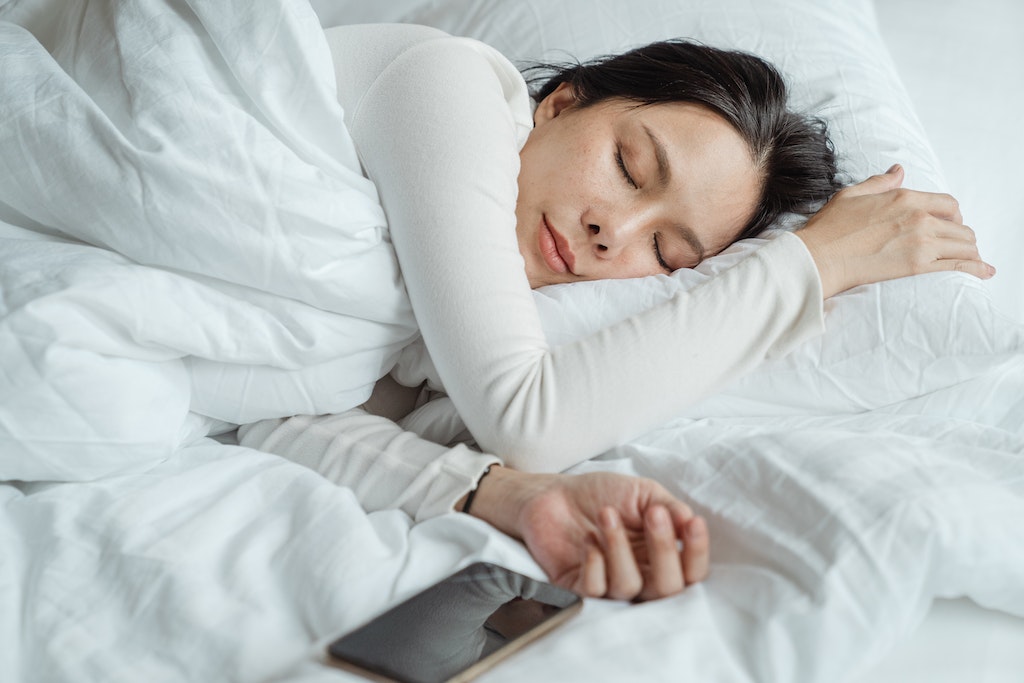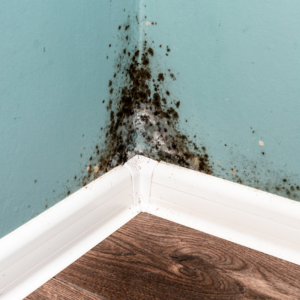In This Article
- How and why, you should Clean a CPAP Machine
- What is CPAP Equipment?
- Types of Cleaning Methods
- Manual
- Wipes
- Ozone Cleaners
- UVC Cleaning machines
Continuous positive airway pressure (CPAP) machines is the most common treatment option for sleep apnea, a serious breathing disorder.
There are several critical parts to the cpap system CPAP machines that the manufacturers recommend you clean regularly. These include, the mask, headgear, breathing circuit and the water reservoir used for humidification. Cleaning your equipment daily removes dangerous germs, bacteria, mould and dirt and makes your CPAP treatment a clean, fresh and healthy experience Dirty CPAP and Your health.
Although daily cleaning may be time consuming if it is undertaken manually, it is an essential process that needs to be integrate into your daily schedule.
How to Clean CPAP Equipment
All CPAP manufacturers recommend users to adhere to a daily routine of cleaning of their CPAP equipment. If this is not possible users must commit to at a minimum a weekly cleaning schedule Clean CPAP .
Unclean CPAP equipment such as hoses, masks and water chambers can lead to serious illness. By not cleaning your CPAP you may be susceptible to congestion, coughs, and other respiratory issues.
Not cleaning your CPAP machine may also lead your CPAP equipment lifespan being shortened and, in some cases, may void the manufacturer’s warranty. By cleaning your CPAP equipment regularly (daily or even weekly) you will ensure these lifesaving pieces of medical equipment remains in pristine condition.
What is CPAP Equipment?
CPAP Equipment is the accessories that are an integral part of the CPAP therapy and essential components that fit with your CPAP machine.
These include,
- CPAP Mask
- CPAP Tube
- CPAP Water Reservoir or Humidifier
The CPAP machine itself only requires the surface of the device to be wiped down but the equipment requires cleaning daily of weekly as they are likely to accumulate dirt, germs, bacteria and viruses.
Types of CPAP Cleaning Methods
- Manual Cleaning with Soap and water
- CPAP Cleaning Wipes
- Ozone Cleaners*
- UVC Cleaners. Lumin CPAP Sanitiser
1. Manual Cleaning
This process is suggested by the CPAP manufacturers.
It can be very effective if undertaken correctly BUT
- Can be time consuming. Process can take between 40 minutes to over 1 hour.
- Soap residues can remain.
- If not dried completely can harbour more bacteria
CPAP Cleaning Supplies Required for Manual Cleaning
- Mild soap, preferably unscented and without moisturizing ingredients
- White vinegar (if you use a humidifier tank)
- Warm, drinking-quality water
- A sink, tub, or bucket large enough to hold your hose or tubing
- A clean, non-abrasive towel
- Drying rack
CPAP Equipment Cleaning Steps
Disassemble:
- Before you disassemble or clean any part of your CPAP machine, you should always double-check that it is unplugged from any power source. The air hose and tubing should be disconnected from both the mask and the CPAP machine before cleaning.
- If you use a humidifier, you should also remove the water tank and set it aside.
- Most CPAP masks consist of three parts — headgear, cushion, and frame — that can be separated for more effective cleaning and easier drying.
Clean:
- Most tubing can be cleaned by washing it in warm, soapy water. The inside of the tubing must also be cleaned, so be sure to submerge it in the water for long enough that it fills up completely with the soapy water.
- However, hoses with electrical components — such as heated hoses — must be cleaned more carefully. If you use a heated hose, double-check the manufacturer’s directions for more information on keeping it clean.
- Each part of your mask should be washed separately with mild soap. The cushion and headgear are particularly prone to becoming stained with face or hair oils — since these can degrade the material and attract microbes, make sure they are oil-free before moving on.
- Humidifier tanks can be cleaned by filling them with a solution of equal parts warm water and white vinegar. The tank can be left to soak while you clean the rest of your CPAP components, allowing the vinegar time to work.
Rinse and Air Dry:
- All CPAP components should be rinsed with cool, clean water after being washed. The components should be free of any soap, including soap film, so double-check that they are clean before leaving them to dry. This is particularly important for thin tubing, as it is easy to miss soap bubbles trapped inside them.
- Once all of your components are rinsed and clean, you should set them out on a soft, clean towel to air-dry.
- Hoses and tubing may dry better if hung up, so try hanging them from a shower rail or door if they do not air-dry properly on the towel.
Reassemble:
- You should only reassemble your mask and CPAP components once they are fully dry. Depending on the component and your climate, this may take several hours.
- Reassembly should be done away from outlets and with the CPAP machine unplugged. Always remember to follow any assembly instructions from the manufacturer of your mask and CPAP machine.
2. CPAP Wipes
Available at most sleep dealers and through online retailers. These are pre-moistened wipes which can safely remove oils, dead skin cells, and dust from your mask.
- While these wipes are great options for cleaning your mask, they’re a bit harder to use on the water chamber — and
- impossible to use when cleaning your tubing.
- Even with the mask, it may not be easy to get into all the creases, crevices and folds and you need to use multiple wipes.
Remember, you should not use the same wipe to clean the whole mask as all you are doing is spreading the germs from one area to another Risk with wipes. Wipes are also not ecologically friendly. wipes and the environment
3. Ozone Cleaners
Some cleaning devices use ozone gas to neutralize pathogens from parts.
- They can be very effective. BUT only use those that are approved by regulatory bodies and be aware of manufacturer’s warranty conditions.
- Unless completely sealed, these machines emit ozone into the air. A known environmental pollutant and a health irritant to those individuals who suffer from respiratory issues.
- Generally, Ozone cleaners that have not been approved by the regulatory bodies in USA and Australia are more than likely to create the issues noted previously.
- Ozone is highly toxic and tends to linger, which means you can only use an ozone cleaner hours before you go to bed. Otherwise, you risk inhaling the lingering ozone when you use your CPAP. This can worsen your breathing problems.
- The two major manufacturers of CPAP now state that the CPAP warranty will be void if ozone cleaners are used. Manufactures Warranty
4. UVC (Ultra Violet Light C) Cleaners
UV light is often used in laboratory environments to sterilize equipment. UV-based cleaners such as Lumin apply this technology to your CPAP equipment.
YOU SHOULD ONLY USE UVC Cleaners that work at the optimum wavelength and TIME and must have been tested to be effective by independent credible testing laboratories. Benefits of UVC Light
Lumin Sanitiser www.luminaustralia.com.au
- When exposed to UVC light at 254nm, bacteria and viruses are disabled. Meaning you can more easily clean your sleep mask without needing to use soap and water.
- Note that it must be of a specific wavelength for UVC light to clean equipment and operated for a particular duration.
- In other words, you cannot neutralize your sleep mask by holding a regular fluorescent light over it.
- Choose a UVC-based cleaner specifically designed for this purpose, such as the Lumin Sanitiser






